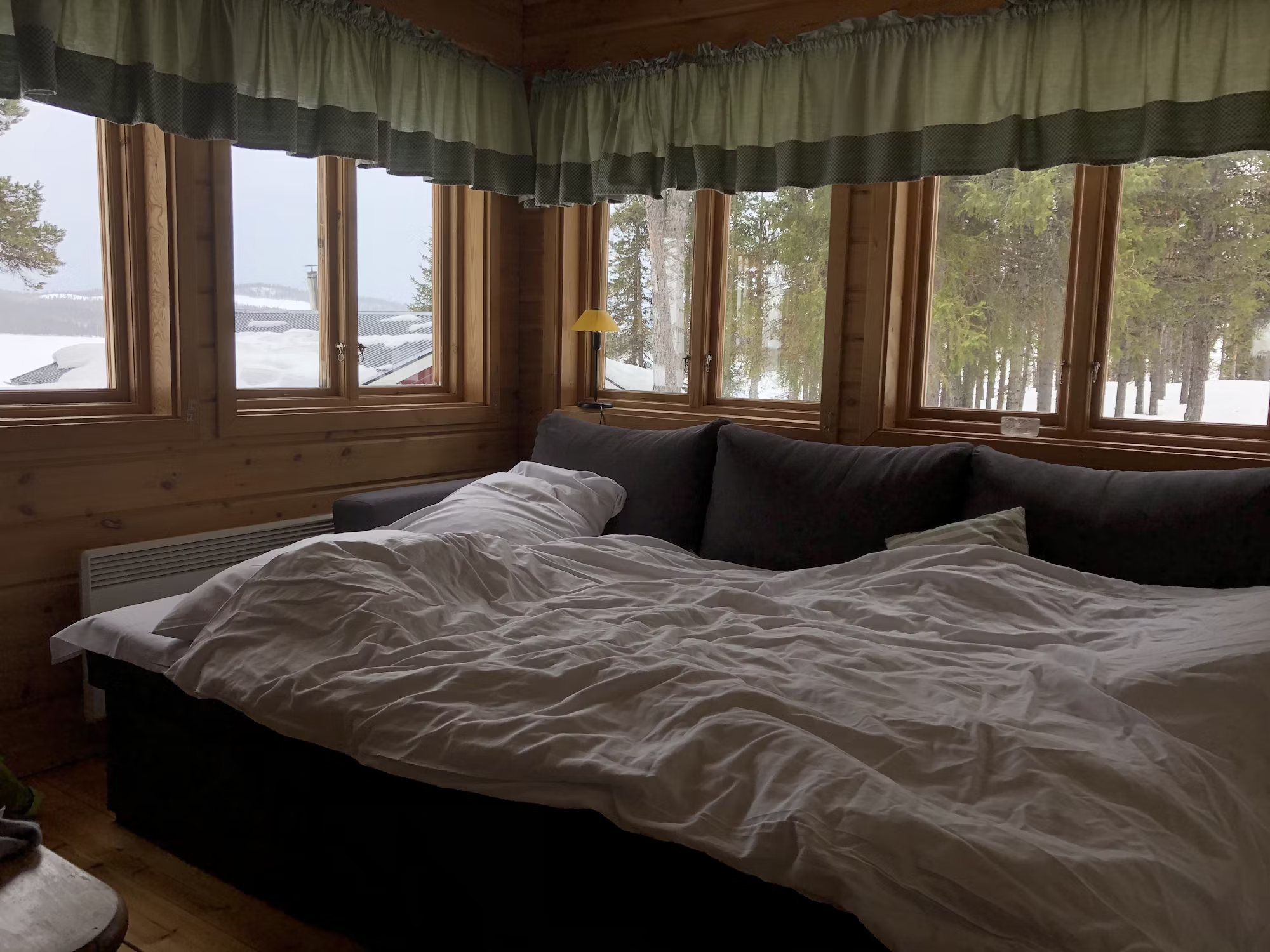Maximizing Small Bedroom Spaces: Tips for Design and Organization

Living in a small bedroom can be both a challenge and an opportunity for creative design. With thoughtful planning and clever organization, even the tiniest spaces can become comfortable retreats that reflect your personal style. This article explores effective strategies to maximize small bedroom spaces, ensuring they are not only functional but also aesthetically pleasing.
Understanding the Space
Before diving into design, it’s crucial to understand the dimensions and layout of your small bedroom. Take accurate measurements and consider the location of windows, doors, and built-in features. This understanding will guide your decisions on furniture placement and design elements, allowing you to make the most of the available space.
Choose a Functional Bed
The bed is often the focal point of any bedroom, and in a small space, choosing the right bed is essential. Opt for a bed that offers storage solutions, such as a platform bed with drawers underneath or a lofted bed that creates space beneath for a desk or seating. Another option is a foldable or murphy bed that can be tucked away when not in use, freeing up floor space for other activities.
Opt for Multi-Functional Furniture
In a small bedroom, multi-functional furniture can be a game changer. Look for pieces that serve more than one purpose, such as a bench that doubles as storage or a nightstand that features built-in shelving. Consider a fold-out desk that can be used for work or study and easily stored away when not in use. These smart choices help maintain a clutter-free environment while maximizing functionality.
Vertical Space Utilization
When floor space is limited, look up! Vertical space can be your best friend in a small bedroom. Installing shelves above furniture, such as beds or desks, can provide additional storage without taking up precious floor space. Use wall-mounted hooks for bags, hats, or accessories to keep items organized and easily accessible. Tall bookshelves can also draw the eye upward, creating an illusion of higher ceilings while offering valuable storage.
Color and Light
The colors you choose can significantly impact how spacious your bedroom feels. Lighter colors, such as whites, soft pastels, or light grays, can create an airy and open atmosphere. Consider painting the walls in a light hue while using slightly darker tones for furnishings or accents to add depth without overwhelming the space.
Natural light is another crucial factor. Keep window treatments minimal to allow as much light in as possible, making the room feel larger. Sheer curtains or blinds that can be fully drawn back are excellent choices. If privacy is a concern, consider frosted window films that let light in while maintaining seclusion.
Decluttering and Organization
One of the keys to maximizing a small bedroom is keeping it organized and free of clutter. Regularly assess your belongings and remove items that no longer serve a purpose. Utilize storage bins or baskets to keep items organized, and consider under-bed storage for shoes, seasonal clothing, or other less frequently used items.
Create designated zones for different activities within the bedroom, such as sleeping, studying, or dressing. This organization not only helps maintain cleanliness but also enhances the functionality of the space, allowing for a more enjoyable living environment.
Personal Touches and Decor
While functionality is essential, personalizing your small bedroom can make it feel more like home. Choose decor that reflects your personality, whether through artwork, photographs, or decorative objects. Use wall space to display a rotating gallery of your favorite pieces, adding character without consuming valuable space.
Incorporate textiles such as throw pillows, blankets, or an area rug to add warmth and comfort. Layering different textures can create a cozy atmosphere, making the small space feel inviting and lived-in.
Mirrors: The Illusion of Space
Mirrors can be a powerful tool in small bedrooms, creating the illusion of depth and space. Strategically placing a mirror opposite a window can reflect natural light and make the room appear larger. Consider a full-length mirror or a decorative wall mirror that doubles as a statement piece while serving a functional purpose.
Creating a Cozy Atmosphere
Despite the limitations of space, it’s important to create a cozy atmosphere in your bedroom. Use soft lighting, such as bedside lamps or string lights, to create a warm ambiance. Avoid harsh overhead lighting, which can make a small room feel even smaller.
Incorporating personal items, such as favorite books or plants, can also add to the cozy feel. Choose plants that thrive indoors and require minimal care, contributing to a refreshing environment without taking up too much space.
Incorporating Technology
In today’s digital age, technology plays a significant role in our lives. Consider integrating smart technology into your small bedroom design. Wireless chargers, smart speakers, or integrated lighting systems can enhance functionality without adding clutter. Look for sleek, modern designs that fit seamlessly into your decor.
Flexibility and Adaptability
As lifestyles change, so do the needs of our living spaces. Designing a small bedroom with flexibility in mind allows for easy adaptation. Choose furniture that can be easily rearranged or repurposed as your needs evolve. For instance, a desk that can serve as a nightstand when not in use allows for a dynamic space that grows with you.
Conclusion
Maximizing a small bedroom requires a blend of creativity, organization, and strategic design choices. By selecting multifunctional furniture, utilizing vertical space, and incorporating personal touches, you can create a stylish and comfortable retreat that reflects your personality. With careful planning and a focus on functionality, even the smallest bedroom can become a serene haven, perfect for rest and relaxation.





